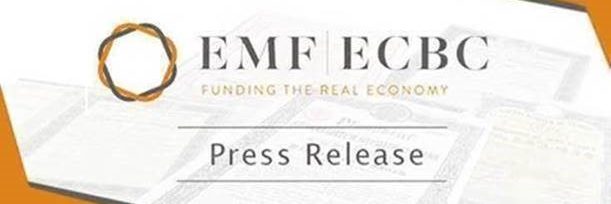
The European mortgage and housing market expand further but the pandemic continues to render asymmetrical results at national level
Brussels, 12 May 2021 – For immediate release
The European Mortgage Federation (EMF) is delighted to announce the publication of its Quarterly Review of European Housing and Mortgage Markets for the fourth quarter of 2020.
Produced in cooperation with the Federation’s national experts, the Quarterly Review provides the latest short-term developments in mortgage and housing markets across the EU.
The publication highlights expert analytical commentary together with data tables and charts on the following key indicators:
- Total outstanding residential mortgage lending;
- Gross and net residential mortgage lending;
- Regulation & Government intervention;
- Nominal house price indices; and
- Mortgage interest rates;
Key highlights for Q4 2020 Quarterly Review
Macroeconomic context:
- From a general economic standpoint, the macroeconomic juncture in the European Union deteriorated slightly in the fourth quarter of 2020. The EU’s GDP contracted by -0.5%, according to Eurostat, against Q3 2020. This decrease in GDP takes place after the mid-year, partial restart, which saw EU production levels increase by a quarterly rate of 11.5% in Q3 2020. This latest downward shift is a result of the second wave of the pandemic and the subsequent implementation of new containment measures across Europe.
Market developments:
In terms of the performance of mortgage and housing markets, it is worth noting the following trends:
- Despite the new lockdown measures and the apparent deterioration of the economic situation of the EU, the European mortgage market registered additional gains during Q4 2020, building upon the previous quarters’ improved outlook. On average, total outstanding loans for the EMF country sample (see report) increased by 2.7% on a yearly basis. In terms of lending activity, gross lending volumes contracted by a yearly rate of -0.6%, the lowest since the onset of the pandemic. Furthermore, in quarterly terms, gross lending increased by 12%, similar to that reported in the previous quarter.
- European housing supply increased in most jurisdictions over the fourth quarter of 2020, yet significant country-specific trends remain, which confirm the heterogenous and asymmetrical impact of the pandemic. House prices, in turn, increased on a yearly basis in the majority of countries considered in the report, with some countries experiencing significant, short-term increases after a period of dwindling prices. Demand for housing has been a key factor behind this trend. However, there are concerns as to whether supply levels can match expanding demand.
- From a policy perspective, government-sanctioned amortisation exemptions and payment breaks remain in place to support households, as the Covid-19 pandemic protracts and hampers near-term economic prospects.
- Lastly, mortgages interest rates remain low, as most countries that make up the EMF sample log additional reductions in their average rates. The sample’s unweighted average stands at 1.9%, the lowest reading recorded in the series.
Contact:
Daniele Westig
Economic Adviser
Tel: +32 2 285 40 40
Dwestig@hypo.org
